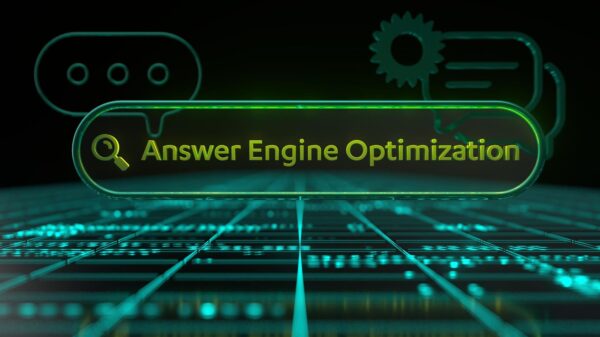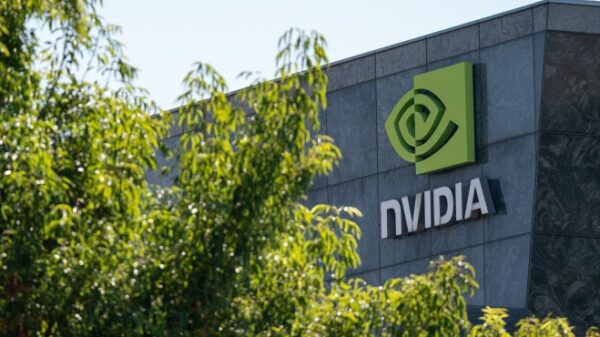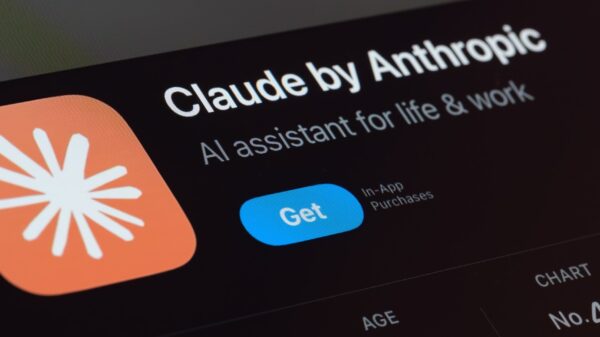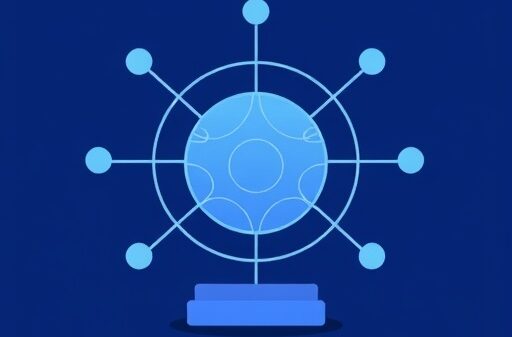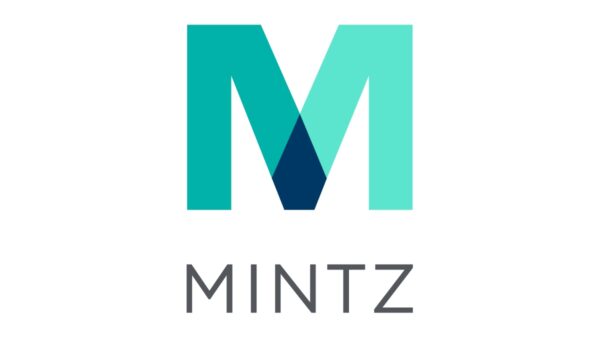Cyberattacks are evolving at an alarming rate, revealing significant vulnerabilities within global security frameworks. Recent coordinated breaches have unveiled a troubling trend: hackers are utilizing automation, artificial intelligence, and advanced deception methods to infiltrate highly secure networks within hours of new vulnerabilities being announced.
This week’s wave of attacks has seen targets that include encrypted backup systems and internal corporate networks that were previously considered impenetrable. Attackers have employed sophisticated phishing tactics disguised as recruitment messages, ultra-fast ransomware strains designed for stealth, and prolonged espionage campaigns that extract sensitive data without detection. These multi-layered approaches reflect a level of precision and coordination often associated with state-sponsored cyber operations, marking a significant escalation in the realm of cyber warfare.
Experts are sounding alarms about the diminishing time frame between vulnerability disclosures and their exploitation, indicating a new and perilous paradigm. Traditional patch cycles are proving inadequate to keep pace with these rapidly evolving threats.
Shifting to AI-Driven Defense Mechanisms
In response to these intelligent threats, organizations are encouraged to transition toward real-time, AI-driven defense models. This shift includes integrating autonomous threat detection, continuous monitoring, and zero-trust architectures—strategies aimed at reinforcing defenses against these sophisticated attacks.
As cybercriminals increasingly leverage machine intelligence to surpass human defenders, the future of cybersecurity will depend on the speed and automation of protective measures rather than purely reactionary strategies. The necessity for a proactive approach is underscored by the dynamic nature of contemporary threats, which require organizations to rethink their cybersecurity frameworks and adopt more robust defensive capabilities.
As the landscape of cybersecurity continues to evolve, professionals in the field must remain vigilant and adaptive to mitigate these emerging risks effectively. The ability to respond swiftly and intelligently to threats will not only protect sensitive information but also preserve the integrity of critical infrastructure worldwide.
With the stakes higher than ever, the global cybersecurity community faces a daunting challenge: to outpace adversaries who are increasingly armed with sophisticated tools and techniques. A commitment to innovation in cybersecurity strategies, underpinned by AI, will be crucial for organizations aiming to safeguard their operations against this new breed of cyber threats.
 Anthropic’s Claims of AI-Driven Cyberattacks Raise Industry Skepticism
Anthropic’s Claims of AI-Driven Cyberattacks Raise Industry Skepticism Anthropic Reports AI-Driven Cyberattack Linked to Chinese Espionage
Anthropic Reports AI-Driven Cyberattack Linked to Chinese Espionage Quantum Computing Threatens Current Cryptography, Experts Seek Solutions
Quantum Computing Threatens Current Cryptography, Experts Seek Solutions Anthropic’s Claude AI exploited in significant cyber-espionage operation
Anthropic’s Claude AI exploited in significant cyber-espionage operation AI Poisoning Attacks Surge 40%: Businesses Face Growing Cybersecurity Risks
AI Poisoning Attacks Surge 40%: Businesses Face Growing Cybersecurity Risks
